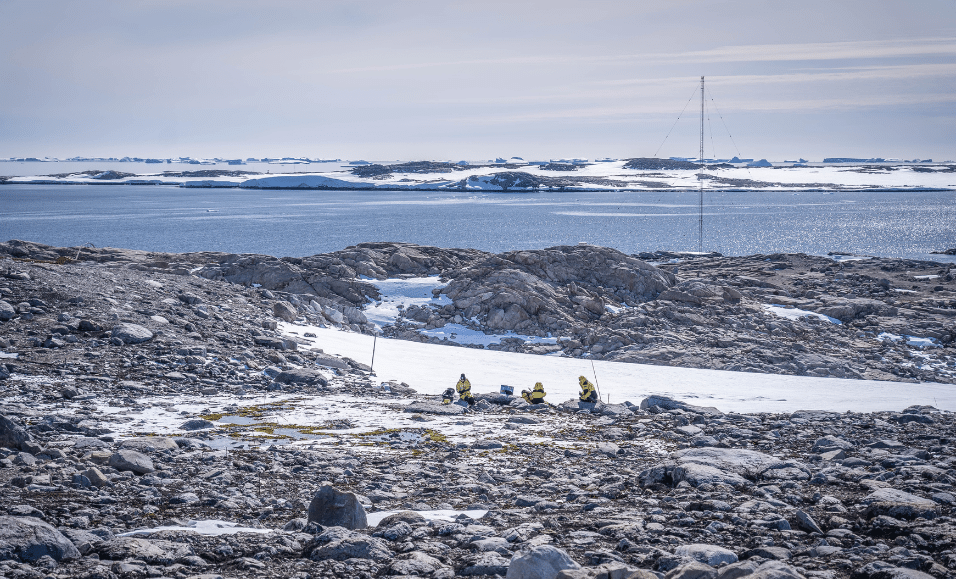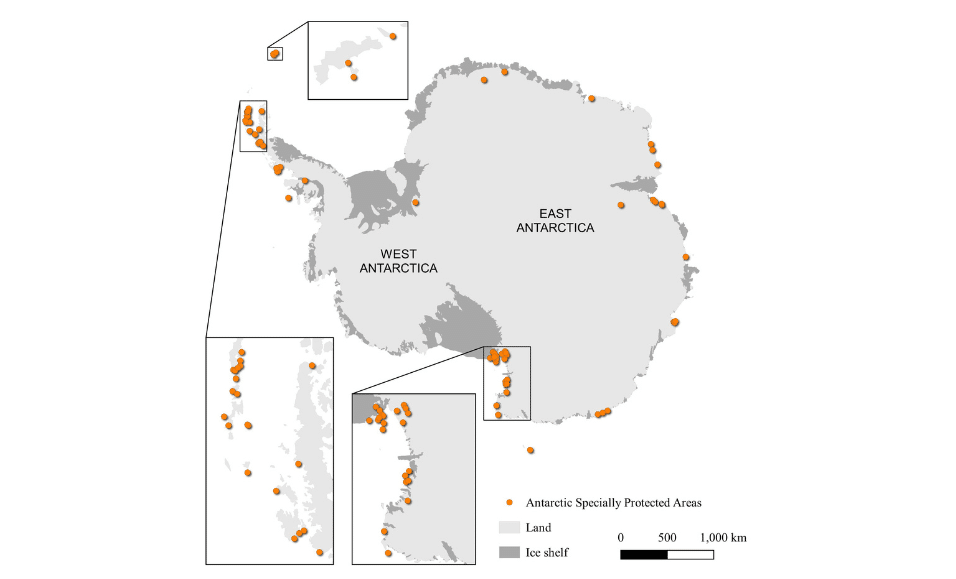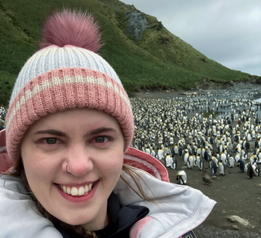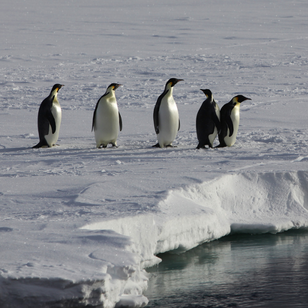Enhancing Antarctica’s protected areas

SAEF scientists completing fieldwork in ASPA 135 in February 2022. Credit: Dr Emiliano Cimoli

Map of Antarctic Specially Protected Areas.

The Antarctic Peninsula has the highest concentration of ASAPs. Credit: Cassandra Brooks

A map of the Windmill Islands with ASPA 135 and 136 marked on it. Credit: Australian Antarctic Division
Until the 1960’s, there was little protection for the flora and fauna of Antarctica. Some species of whales and seals were on the brink of extinction and fishing was completely unregulated. But since the Antarctic Treaty was established in 1961 greater environmental awareness has fortunately led to increased protections.
These protections include the Environmental Protocol which set the foundations for the establishment of a network of 75 protected areas.
These areas – formally known as Antarctic Specially Protected Areas (ASPAs) – protect parts of Antarctica with outstanding environmental, scientific, historic, aesthetic or wilderness values, as well as ongoing or planned scientific research. Essentially they’re areas set aside to preserve their unique ecosystems and to reduce the risk of human interference.
To support conservation, each ASPA has a Management Plan which usually restricts entry, limits what people can do when in the area and protects species from threats such as the introduction of invasive species.
Despite being special, these areas don’t come with creative names. They’re christened using a no-nonsense numbering system. For example, our team at Casey Station are currently doing fieldwork in two specially protected areas called ASPA 135 and ASPA 136. The former is located 200 m from the station and is protected due to the highly valued ecosystem of moss, lichen and tiny invertebrates located within it that are of high interest to scientists.
As ASPAs are the key way parties to the Antarctic Treaty protect environmental values – it raises the question: how effective are they at conserving these values?
Joanna Burrows, a PhD candidate at Queensland University of Technology, has sought to investigate this question.
In a paper published in Conversation Biology, she and a team of SAEF scientists explored how the use of impact evaluations could determine and improve the effectiveness of ASPAs. As Joanna explains, the paper sets out a timely research and policy agenda for evaluating the conservation impact of ASPAs.
“This work will support scientists to conduct such evaluations in the future and support decision-makers in ensuring the effectiveness of Antarctic conservation tools and management,” explains Joanna.
“Implementing these approaches will enhance the efficacy of ASPAs as a management tool, potentially leading to improved outcomes for Antarctic natural values in an era of rapid global change.”
The research and policy agenda the team have set out includes:
- Articulating a theory of change that describes the outcomes that APSAs generate
- Building evaluation principles into ASPA design and designation processes
- Employing complementary approaches to evaluate multiple dimensions of effectiveness
- Extending evaluation findings to identify and exploit drivers of positive conservation impact
By continuing to evaluate and refine the way ASPAs are identified and managed we can ensure Antarctic flora and flora is protected in the most effective way possible.
Read more
Burrows, J.L., Lee, J.R., Wilson, K.A. (2023). Evaluating the conservation impact of Antarctica’s protected areas. Conservation Biology. DOI: https://doi.org/10.1111/cobi.14059
About the author
Anna Quinn
Anna is SAEF’s the Senior Communications Adviser.


